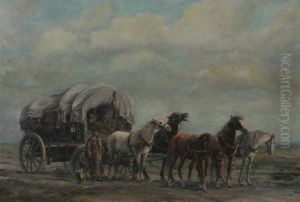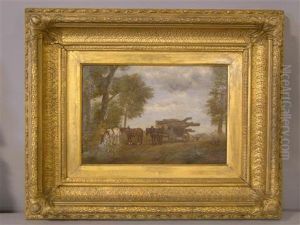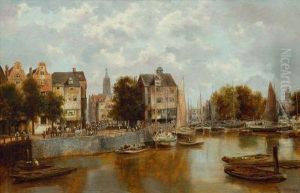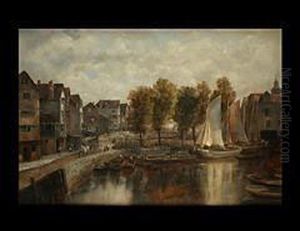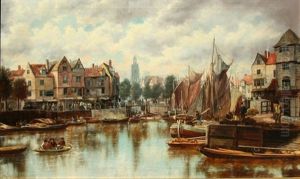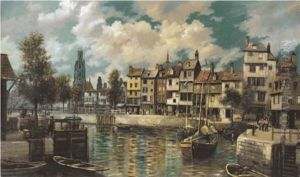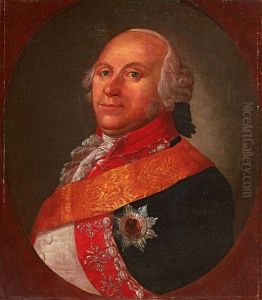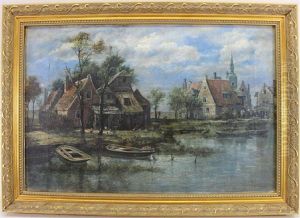Johann Christoph Frisch Paintings
Johann Christoph Frisch was a notable German artist who made significant contributions to the art world during the 18th and early 19th centuries. Born in 1737 in the Margraviate of Brandenburg, Frisch came into a Europe that was on the cusp of incredible changes, both intellectually and artistically, with the Enlightenment beginning to take hold.
Frisch's early life is somewhat obscured, but it is known that he received his initial art education in his native Germany. He showed a profound interest in painting and drawing from a young age, which set the foundation for his later career. His artistic journey is emblematic of the period's broader shifts, including the move towards neoclassicism, which sought to recapture the simplicity and purity of ancient Greek and Roman art.
Throughout his career, Frisch was known for his versatility, working across various mediums, including painting, drawing, and engraving. His subjects ranged from biblical and mythological scenes to portraits and landscapes, showcasing his wide-ranging skills and interests. Despite the diversity of his work, Frisch is particularly remembered for his contributions to religious and historical paintings, where his attention to detail and ability to convey emotion and narrative depth won him acclaim.
In addition to his artistic pursuits, Johann Christoph Frisch was also involved in the artistic and cultural circles of his time, engaging with other artists, intellectuals, and patrons. This network provided him with opportunities to work on significant projects, including commissions for churches and noble residences, further solidifying his reputation.
Frisch's later years were marked by continued artistic production, though he never achieved the fame of some of his contemporaries. He passed away in 1815, leaving behind a body of work that, while perhaps not as widely recognized today, played a part in the rich tapestry of European art history. His contributions reflect the transitional period of the late 18th and early 19th centuries, bridging the gap between the baroque and neoclassical styles and helping to pave the way for the modern era in art.




